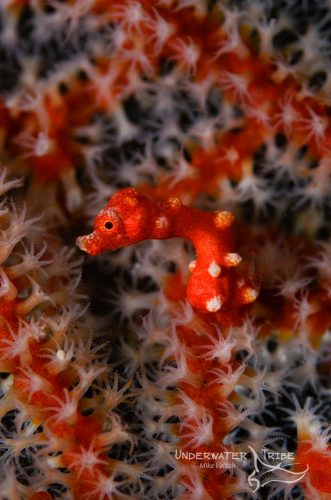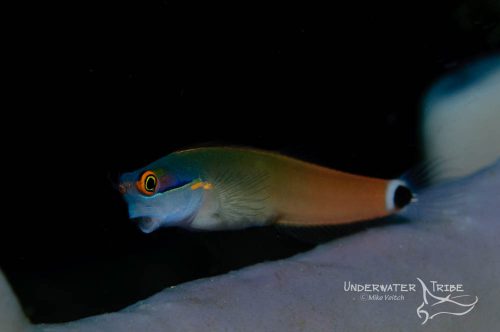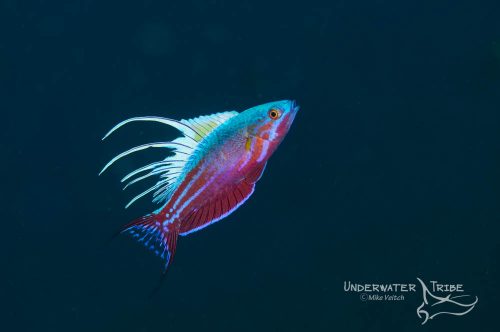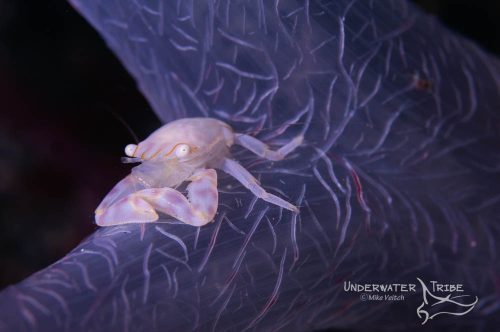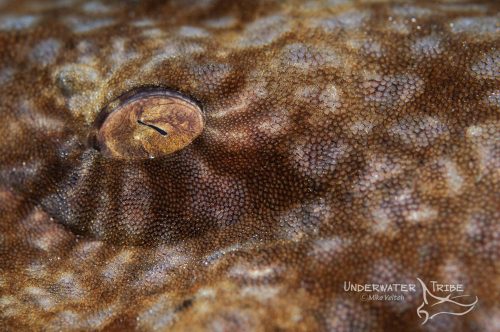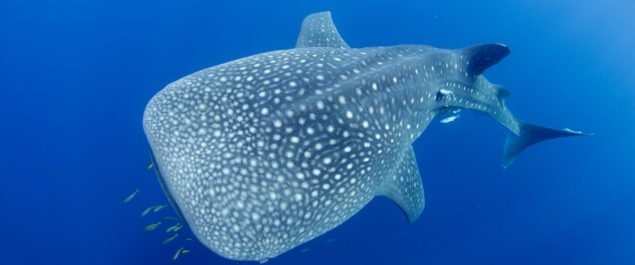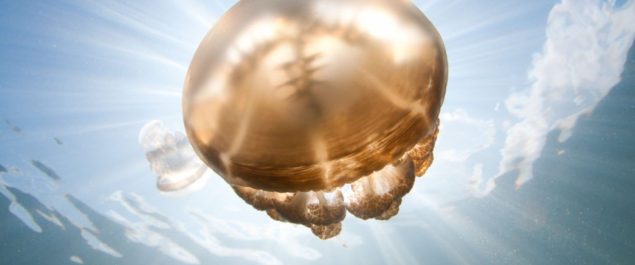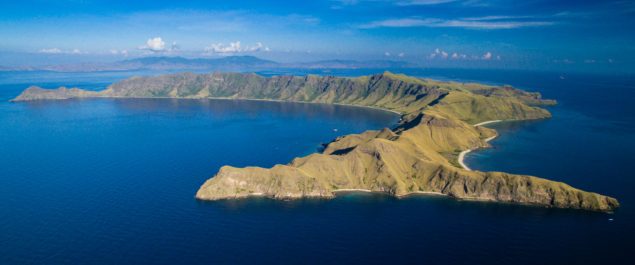5 Macro Subjects to Shoot in Raja Ampat
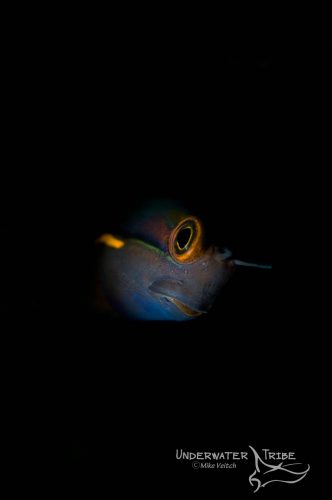
Raja Ampat is world famous as a top notch wide angle underwater photography destination. However, macro photographers should not despair! In the following post, we discuss 5 essential macro subjects that underwater photographers should shoot in Raja Ampat.
Although it’s tough to put away that wide angle lens when the reefs are alive with a kaleidoscope of colours, macro photographers will actually be happy once they do. Before changing to macro though, be sure to discuss if any of these essential macro subjects are common to the dive site. In no particular order, these are what we term 5 of the most interesting subject for macro photography in Raja Ampat, Indonesia
 Pygmy Seahorses
Pygmy Seahorses
Raja Ampat is well known for steep walls covered in colourful sea fans. Of course, when there are endless sea fans around, there are bound to be some pygmy seahorses! However, the sheer number of sea fans are both a plus and minus when it comes to pygmies. Sure, there are bound to be a lot of them around, but it takes forever to check every fan. That is where a keen eyed dive guide comes in handy. The Indonesian guides who dive these waters day in and day out know exactly which fans are host to seahorses.
Pygmy denise and pygmy barbiganti seahorses (both purple and orange) are often found in the waters of Raja Ampat, both in the north and in the south. However, Raja also is home to a very cool pygmy commonly called the Santa Claus pygmy. This Hippocampus denise variation is easy to distinguish as it is a bright red colour with white bulbs on it’s body. Not content to only live on sea fans, Pontohi pygmies can also be found on seagrass in the shallows. There is also rumours of the beautiful Walea pygmy seahorse, which lives on soft coral, being discovered in Raja.
 Blennies
Blennies
Blennies are one of the most iconic macro subjects on the reef. With their cute and smiling faces, these happy fish pop their heads out of every small hole on the reef. In Raja Ampat, there is a wonderful variety of blennies ranging from deep on the reef to the rocky shallows. One of the most striking blennies is the rather long winded “Spot Tailed Comb Tooth Blenny”. This beautiful fish is found everywhere in Raja Ampat but is not common in other areas of Indonesia. Another big favourite is the “Freckled Faced Blenny”, these are most commonly found in the shallows on rocky surfaces.
 Flasher Wrasse
Flasher Wrasse
One of the more rewarding but frustrating subjects to be found in Raja are Flasher Wrasse. These small fish are common in the Batanta region as well as other areas with rubble slopes. These pink coloured fish hang around in small groups with a several males who fight over the plethora of females. It’s rewarding to spend time watching the males “flash” their plumage by darting into the water column. This behaviour is done to attract the attention of neighbouring females. It’s also common to see two males interlocking their lips while fighting for territory.
 Soft Coral Denizens
Soft Coral Denizens
Raja Ampat is very well known for it’s density of colourful soft coral. The vast majority of divers and underwater photographers who visit Raja Ampat often do so to experience the amazing soft corals. However, it’s not only the colours that make soft corals an interesting subject. Many soft corals are home to small creatures such as crabs, shrimp, and gobies who hide among the prickly bushes. Often these critters take on the same hue as the host soft coral and can be hard to spot. Using a keen eye or a keen eyed guide is the best way to spot these shy inhabitants. A word of warning to photographers though, it will invariable happen that just as you get the eyeball in focus, the critter will move!
 Creating Art With Your Lens
Creating Art With Your Lens
Although it can be very exciting to jump into the water with a macro lens, sometimes in Raja Ampat it can be difficult to find cooperative subjects. However, there is no need to become despondant about this. There is so much variety and colour on the reef it’s easy to create “artsy” style photos of just about everything! Brightly coloured fish, whimsically designed sponges and corals, the patterns of a wobbegong shark, or a colony of tunicates are a few examples of subjects that work well with a bit of creativity.
Don’t be afraid to take your macro lens on your next trip to Raja Ampat. There are plenty of subjects to keep even the most hardened macro lover entertained on every dive. However, you may just find it hard to tear the wide angle lens off the camera once you see how amazing the coral reefs are!
The Underwater Tribe often run liveaboard trips to Raja Ampat, check out the Trip Report from our latest trip there in 2017. If you are interested in joining us on a future trip, please Contact Us today.
Here is a short film showing what the diving in Raja Ampat is all about
